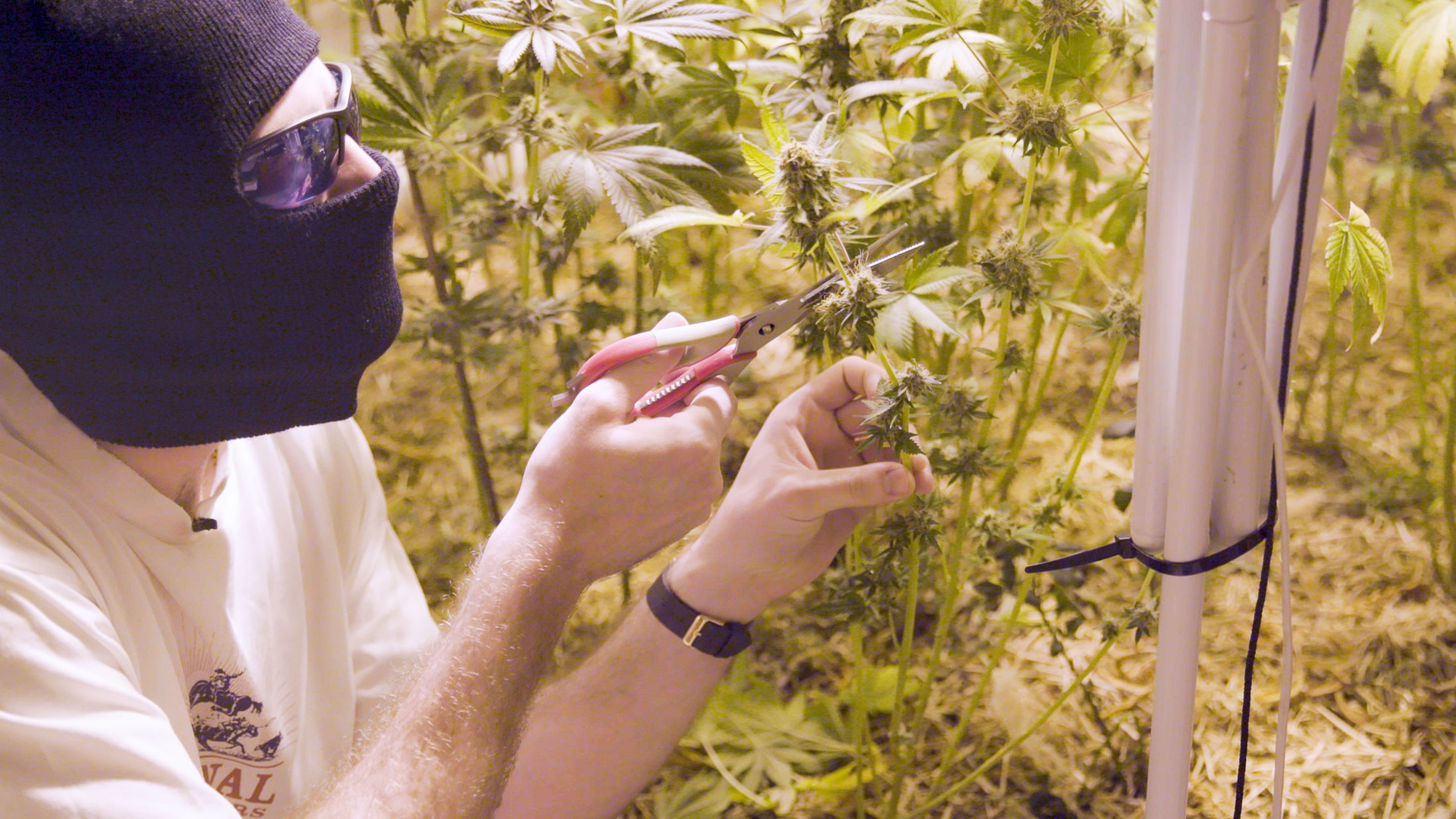Shutterstock
On Thursday Australia pulled codeine-based painkillers from the shelves, ending their time as over-the-counter drugs. The move means you now need a prescription for Nurofen Plus, Mersyndol, Codral and Demazin. And if you’re after Panafen Plus, Panadeine, Panadeine Rapid Soluble or Panadeine Extra you’re out of luck—those products have been discontinued altogether in the Australian market.Many healthcare workers have lauded the change, while others are struggling with the immediate blowback. One day out and there are nationwide reports of public outcry and product stockpiling.Speaking to The Brisbane Times, Melbourne pharmacist Jarrod McMaugh claimed to have already received a repeat prescription for 10 boxes of Panadeine Extra containing 240 pills — that’s over 2000 tablets all up. The advised maximum dose for Panadeine Extra is eight tablets a day for no more than three days. (For the record, he didn’t fill the script.) These bulk prescriptions are being supplied by doctors trying to help patients who have been dependant on over-the-counter access to these drugs. For many patients with chronic pain, codeine is the only effective, affordable and manageable treatment option. The advocacy body Pain Australia has advised chronic pain sufferers to work with a GP to organise an alternative pain management plan. They’ve also flagged the financial barriers lower income earners face when it comes to affording regular doctor visits. In response to these concerns, the Body’s chief executive Carol Bennett has urged the federal government to consider a national action plan to provide affordable alternative treatment options.
These bulk prescriptions are being supplied by doctors trying to help patients who have been dependant on over-the-counter access to these drugs. For many patients with chronic pain, codeine is the only effective, affordable and manageable treatment option. The advocacy body Pain Australia has advised chronic pain sufferers to work with a GP to organise an alternative pain management plan. They’ve also flagged the financial barriers lower income earners face when it comes to affording regular doctor visits. In response to these concerns, the Body’s chief executive Carol Bennett has urged the federal government to consider a national action plan to provide affordable alternative treatment options.
The change puts Australia in line with United States and many European countries when it comes to access to codeine. New Zealand will follow suit this month. But the impacts of the move have already been felt across the country, and the response from doctors, pharmacists and consumers has been polarising to say the least.
Advertisement

The change to codeine access came after ongoing concern over addiction and misuse of the substance. In 2015 The Medical Journal of Australia reported that “Codeine-related deaths (with and without other drug toxicity) are increasing as the consumption of codeine-based products increases,” and called for better public education around the drug’s potential harm. They reported that 100 deaths a year are linked to codeine nationally, 48 percent of which were accidental.Despite many pharmacists being in support of the move, there has been criticism of how it was rolled out: the overnight change means they have been left to explain the issue to patients. One pharmacist the Canberra Times spoke to commented, “I think we're going to get slammed pretty hard,” adding that pharmacists will be left to manage regular users and addicts who weren't aware of the impending change. One suggested alternative has been to mirror the changes to the sale of pseudoephedrine products in 2006. Pharmacists are required to record customer's licence details so they can flag any ongoing misuse and monitor purchase history. That change was to combat people stockpiling the drug to manufacture illegal street drugs like methamphetamine.The current solution has also led to concern that people will replace their codeine products with other drugs, or use higher doses of products with paracetamol and ibuprofen. Misuse of both those drugs can cause serious liver damage.Some pharmacists are embracing the change, though, noting it’s a relief not to have to manage codeine users. Speaking to The Newcastle Herald , community pharmacist Sandra Fitzgerald spoke about being “bullied” by people trying to access the drug in the past. In her opinion, it was too much to ask pharmacists to provide the level of patient education needed for the drug, and that this was a job for a doctor. “While a lot of us may have the skills and training to do that, we certainly don’t have the time or the space or privacy that’s needed to have those conversations.”Follow Wendy on Twitter.
